Great Astronomers by Robert Stawell Ball (uplifting novels .txt) 📕
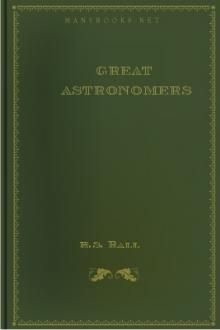
- Author: Robert Stawell Ball
- Performer: -
Book online «Great Astronomers by Robert Stawell Ball (uplifting novels .txt) 📕». Author Robert Stawell Ball
Ptolemy commences with laying down the undoubted truth that the shape of the earth is globular. The proofs which he gives of this fundamental fact are quite satisfactory; they are indeed the same proofs as we give today. There is, first of all, the well-known circumstance of which our books on geography remind us, that when an object is viewed at a distance across the sea, the lower part of the object appears cut off by the interposing curved mass of water.
The sagacity of Ptolemy enabled him to adduce another argument, which, though not quite so obvious as that just mentioned, demonstrates the curvature of the earth in a very impressive manner to anyone who will take the trouble to understand it. Ptolemy mentions that travellers who went to the south
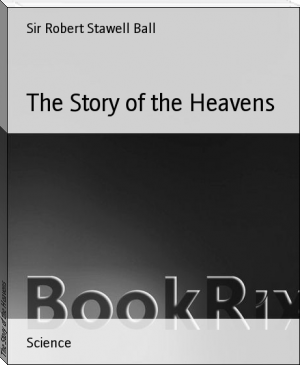
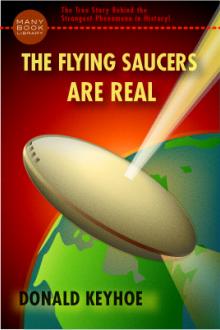

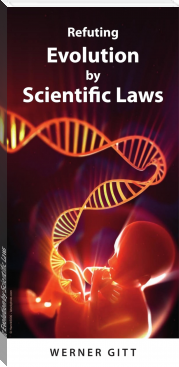
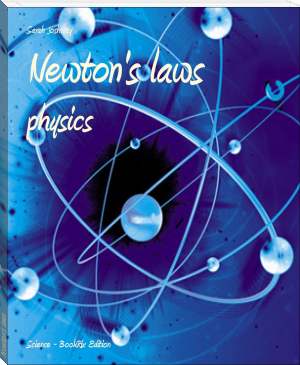
Comments (0)